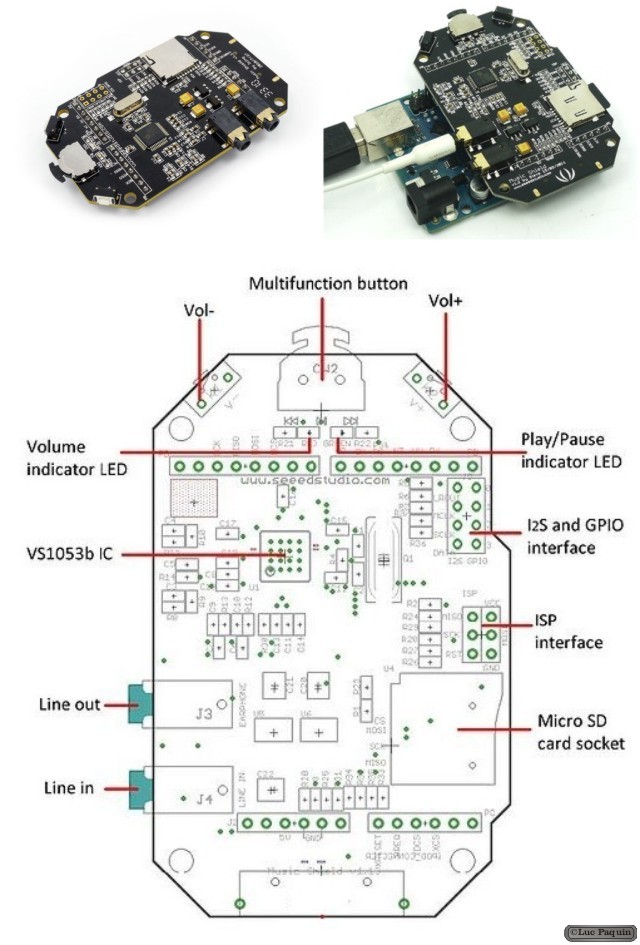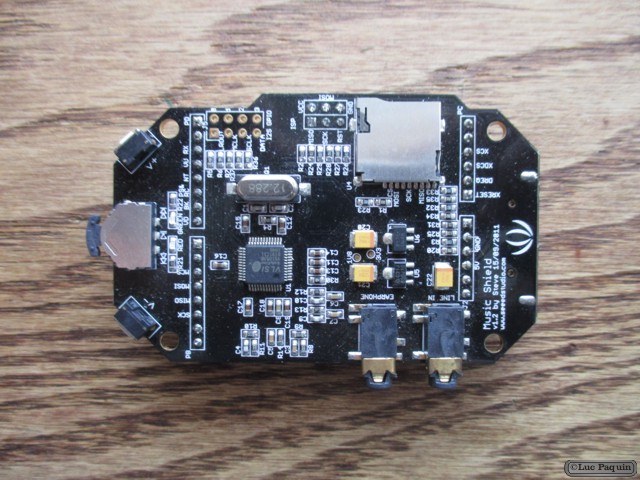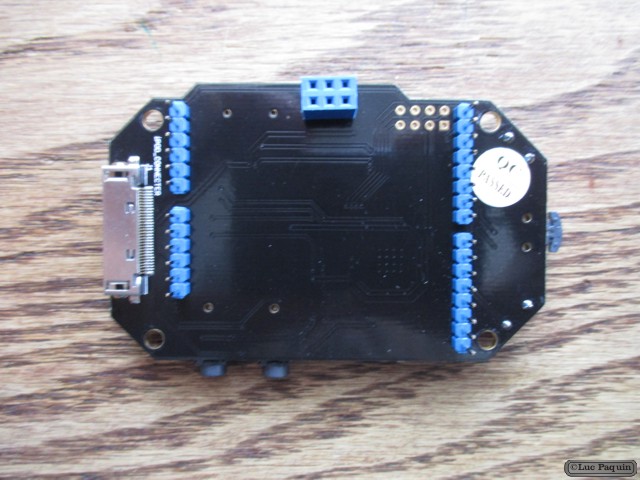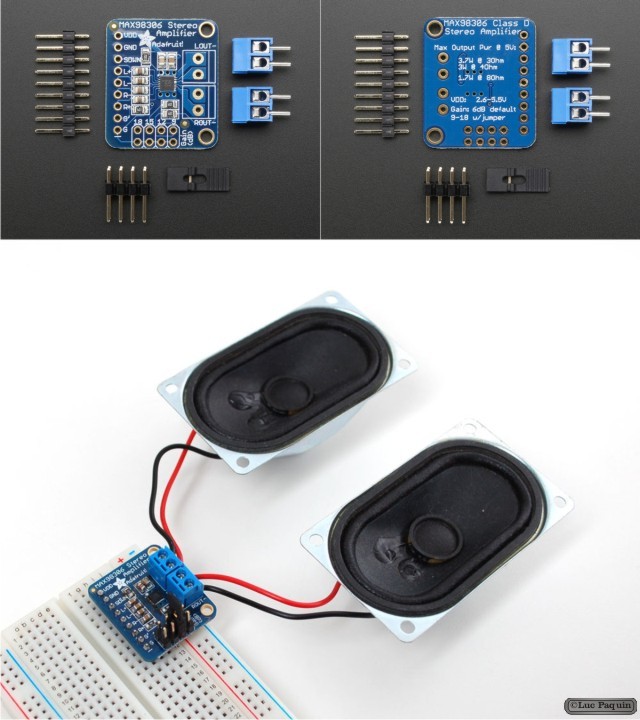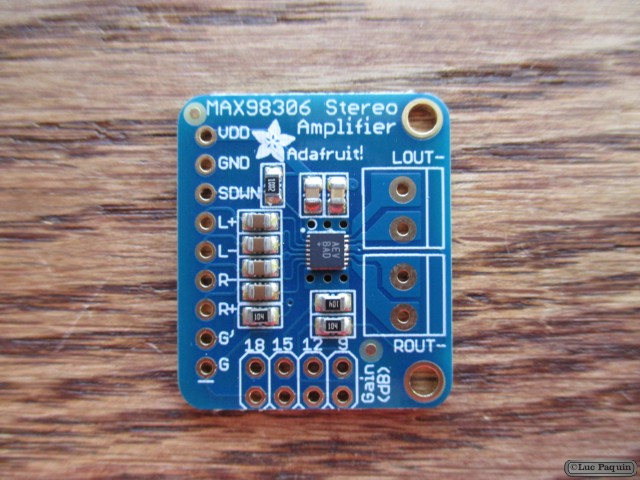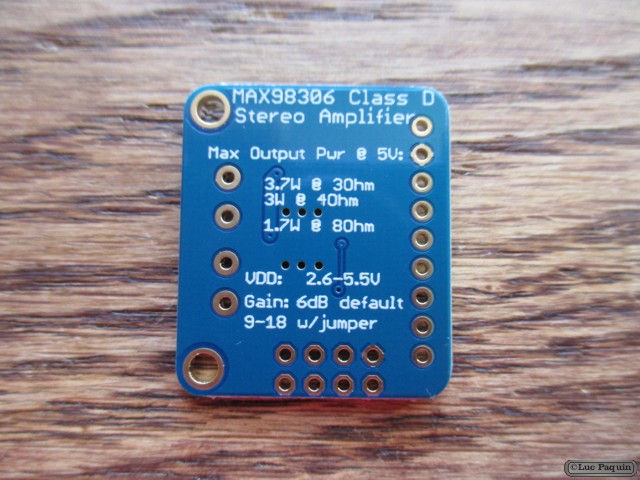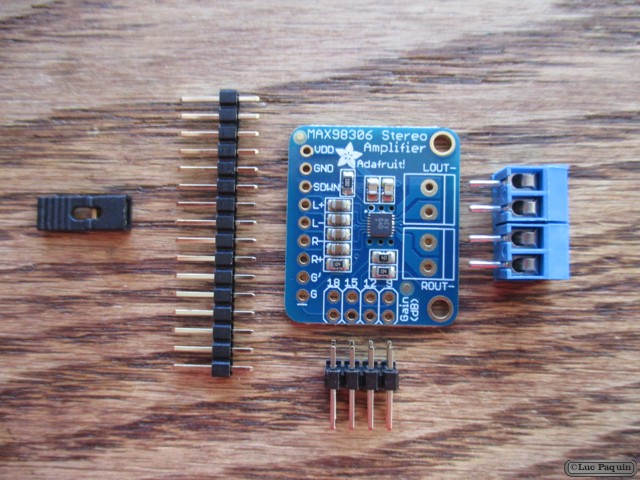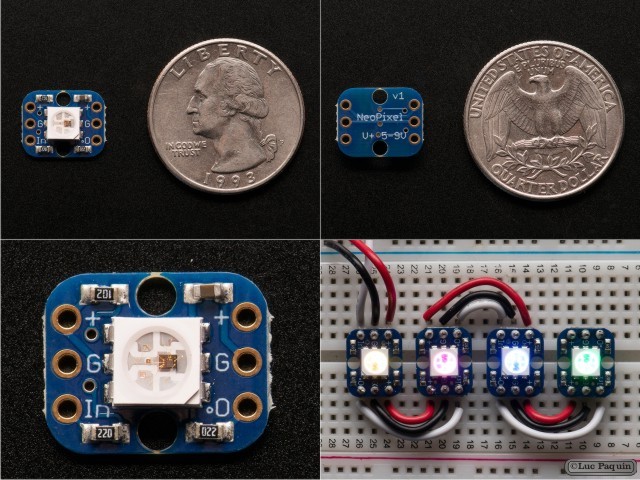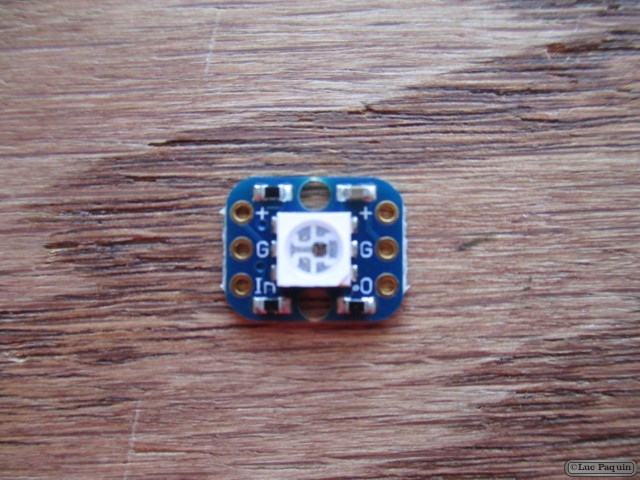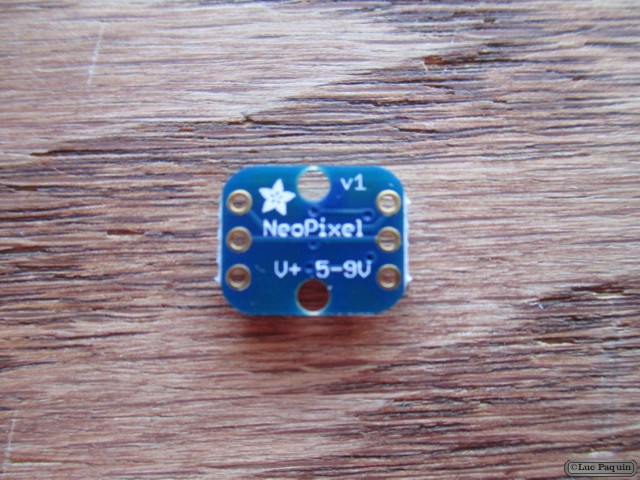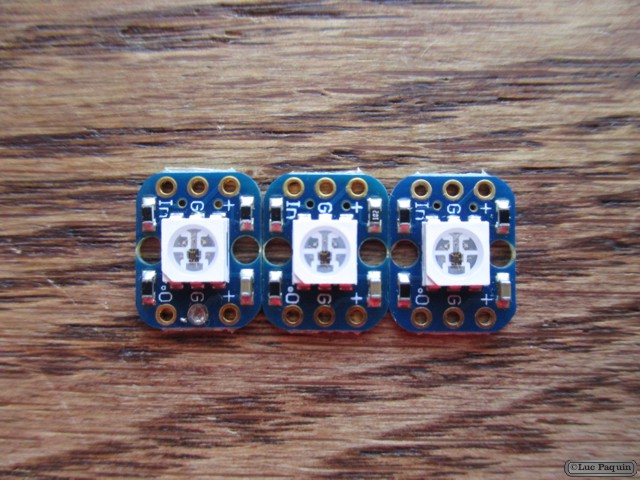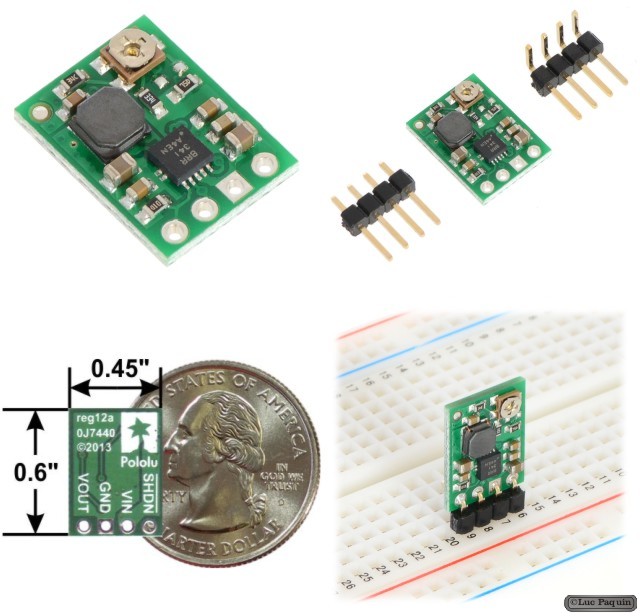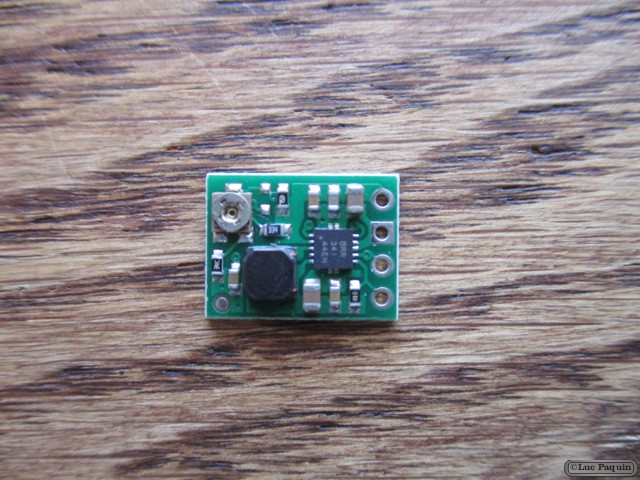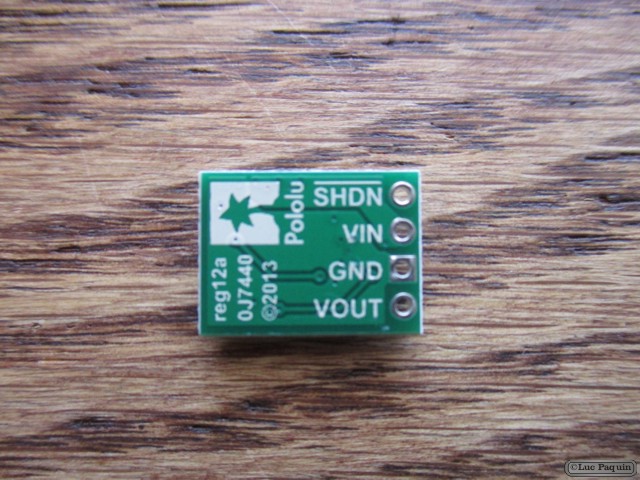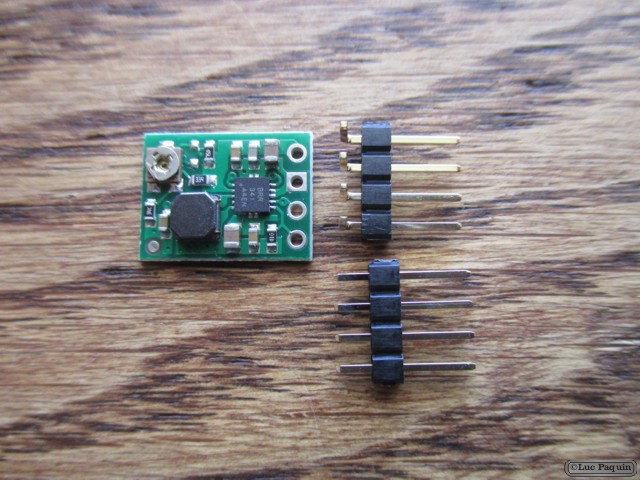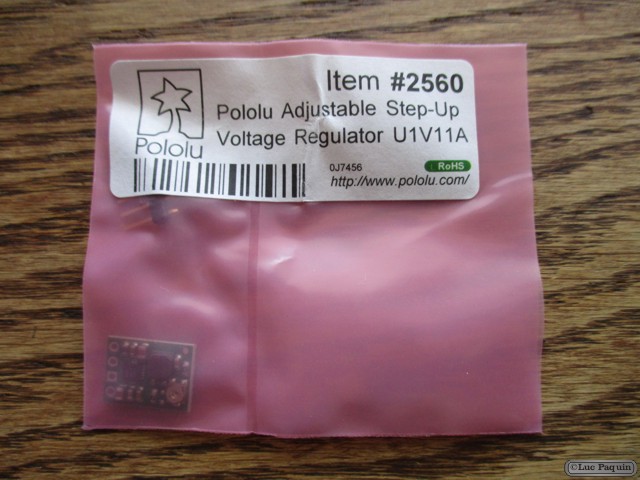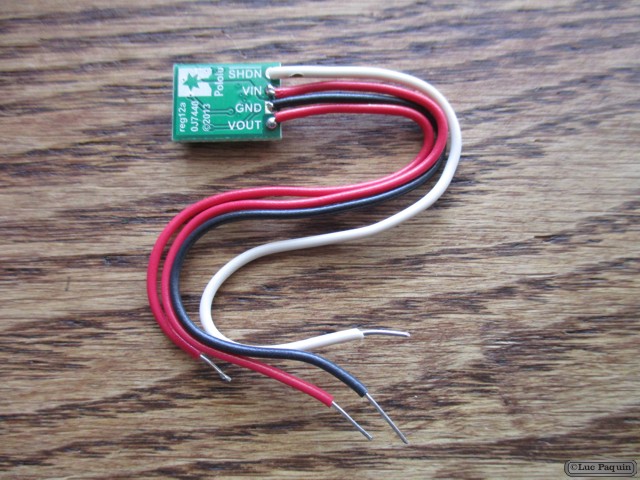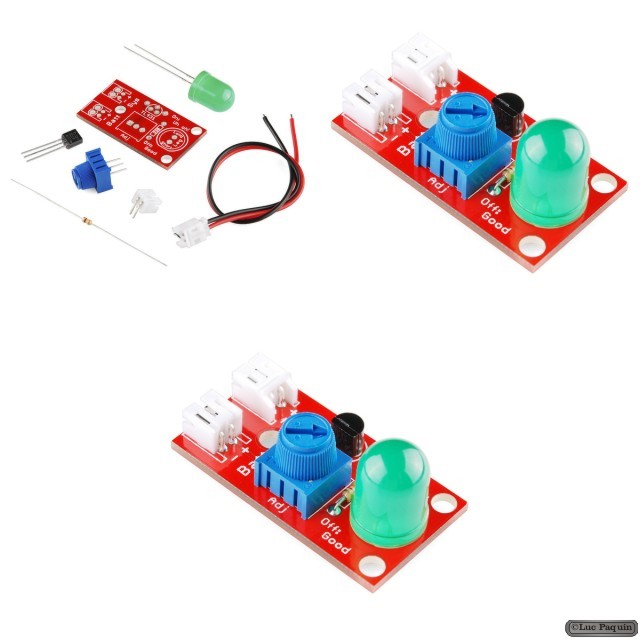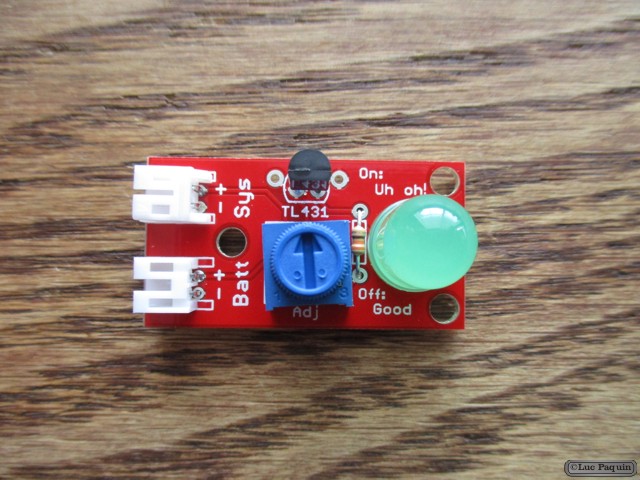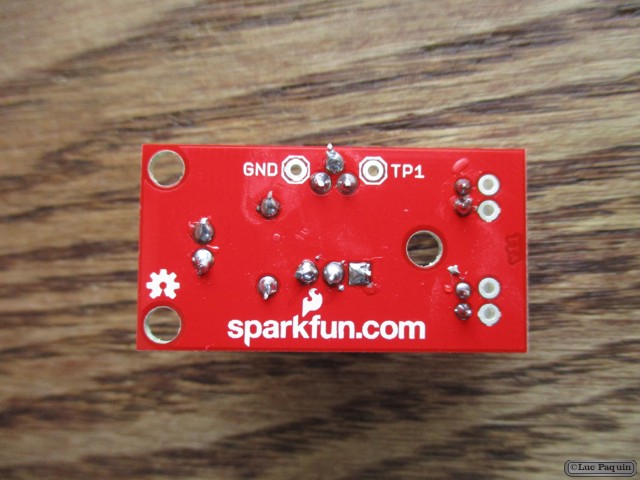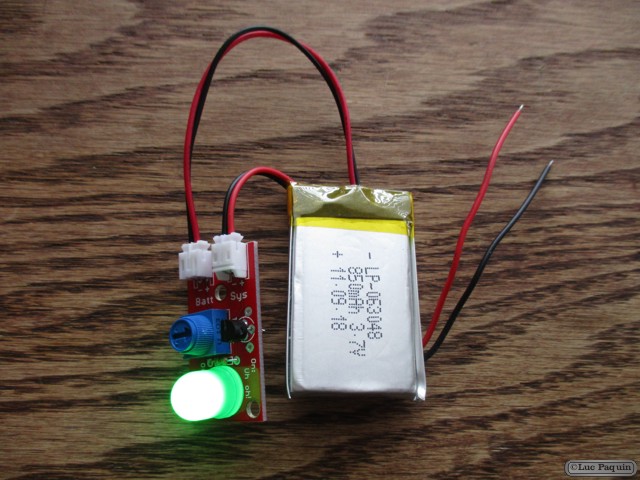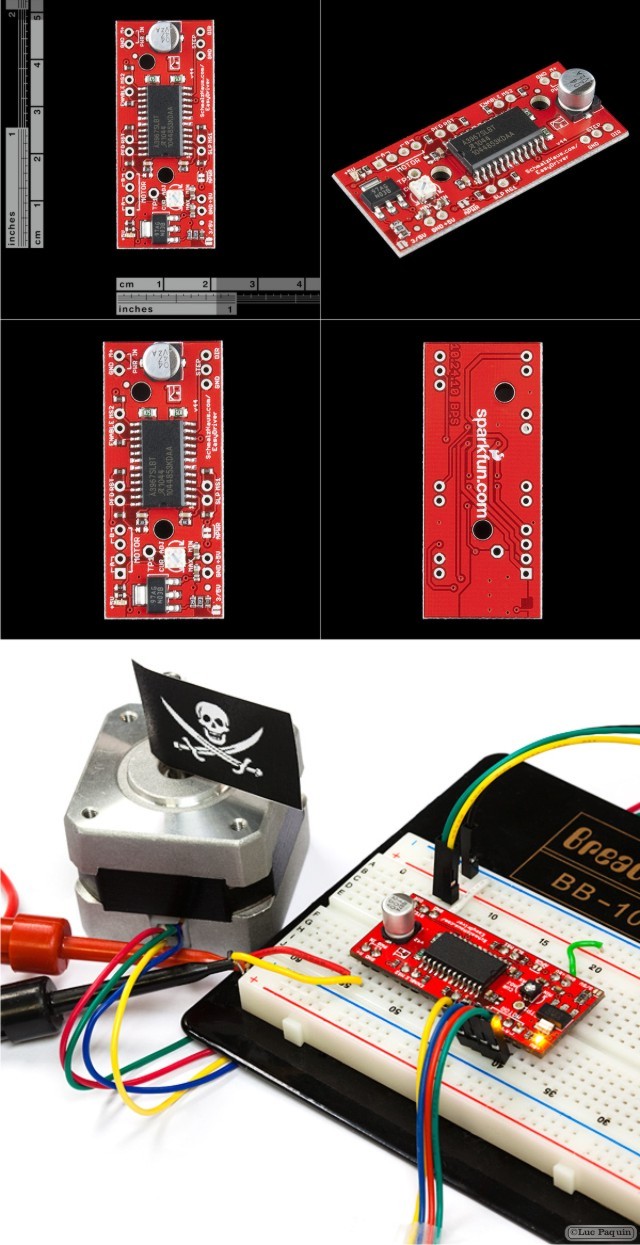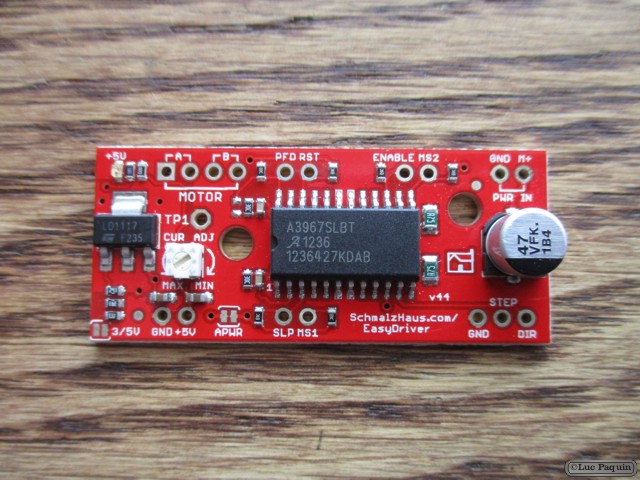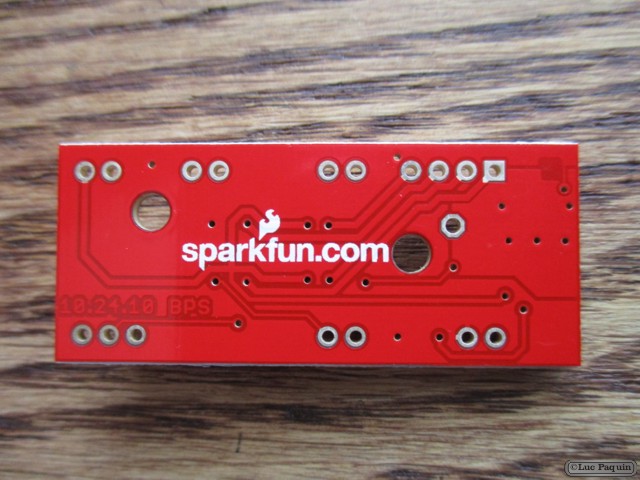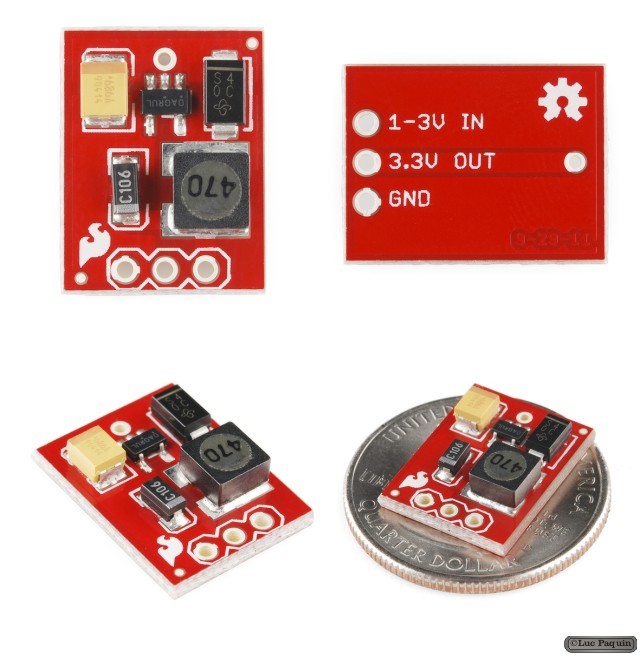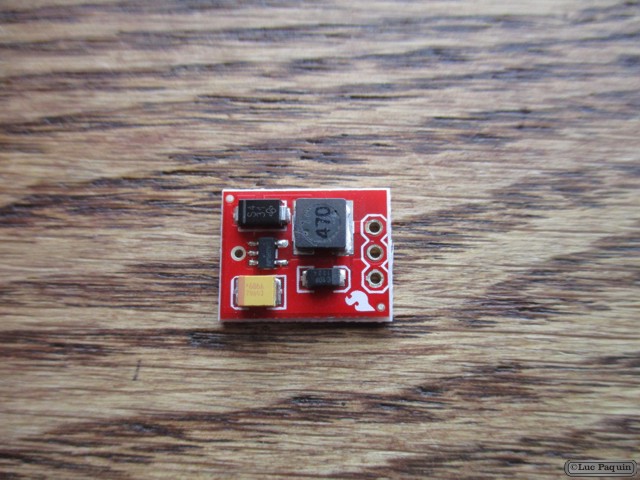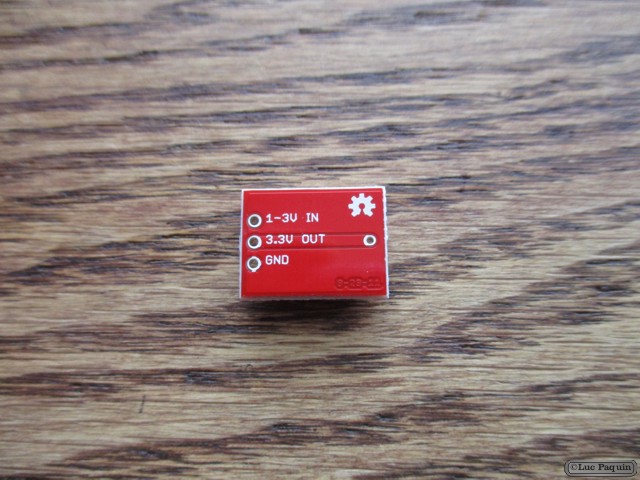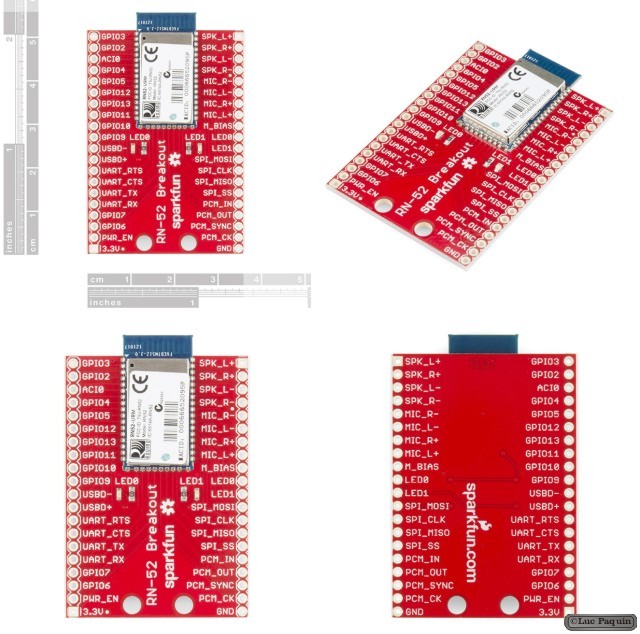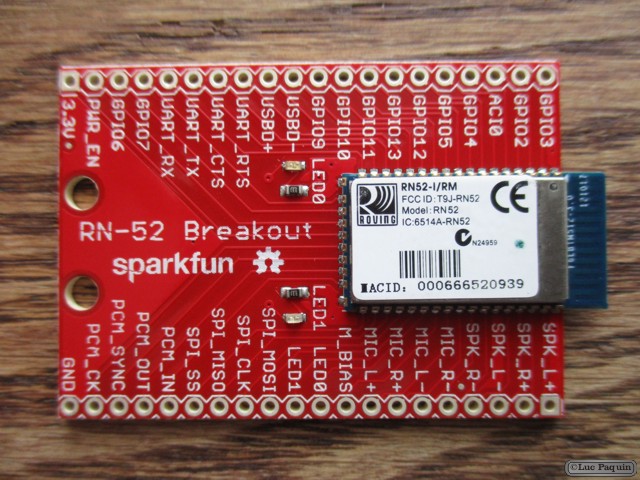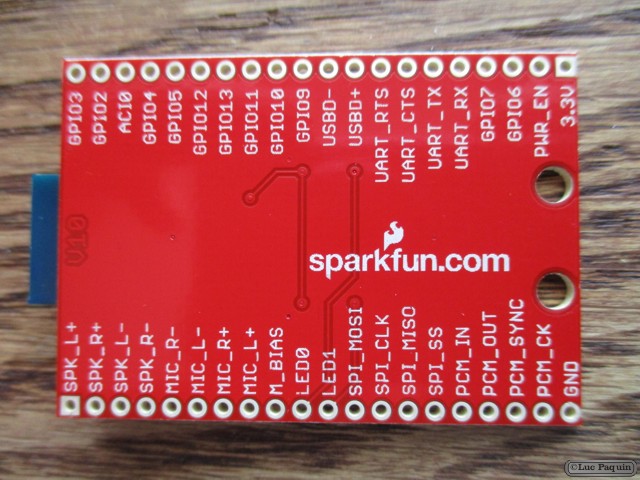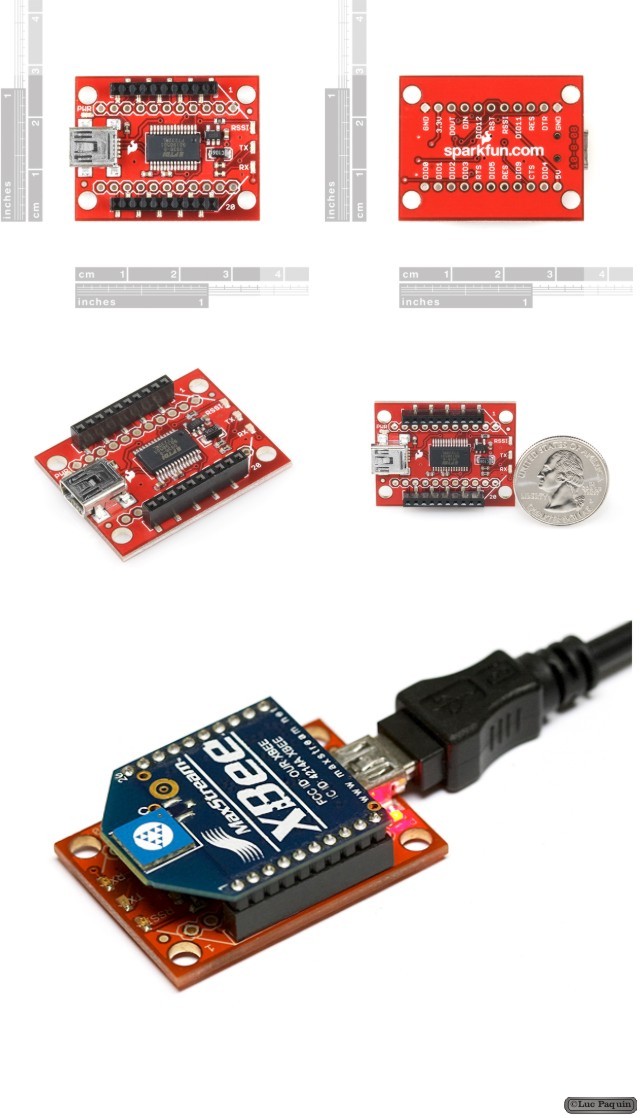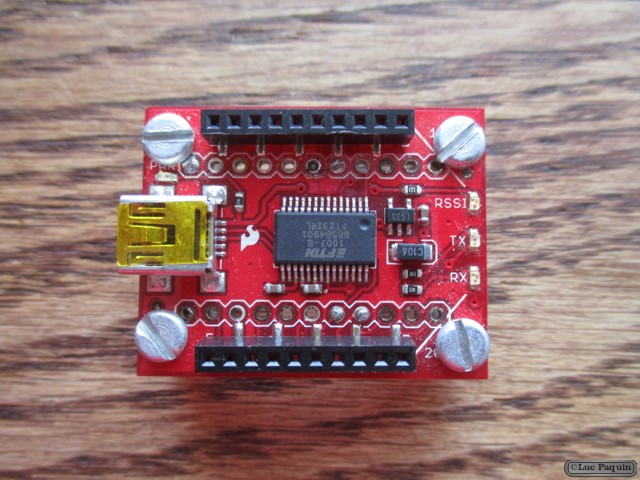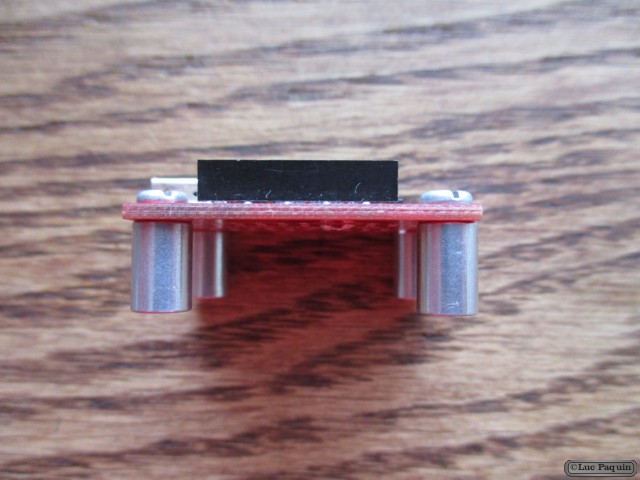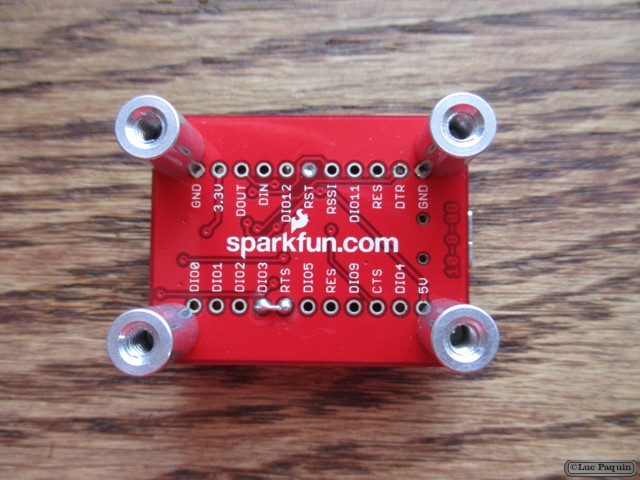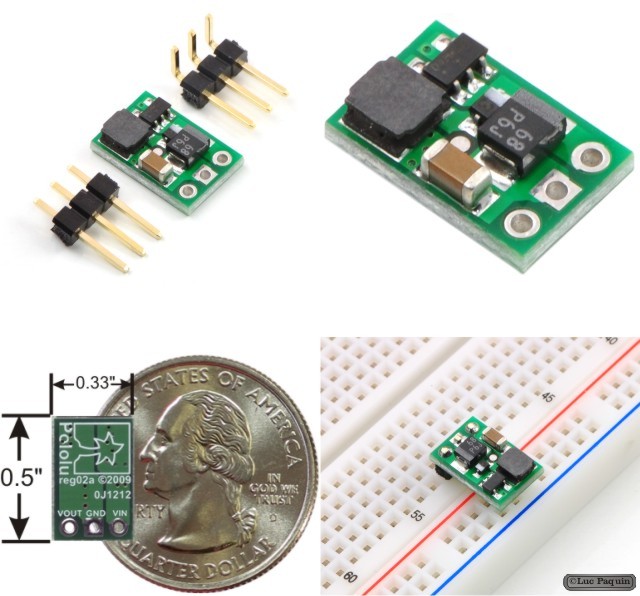
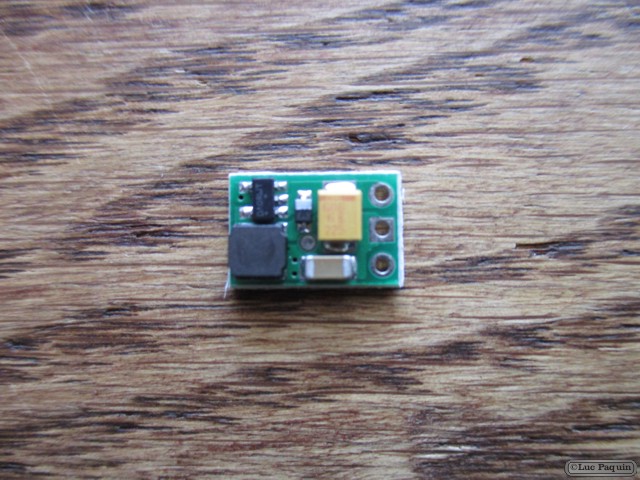
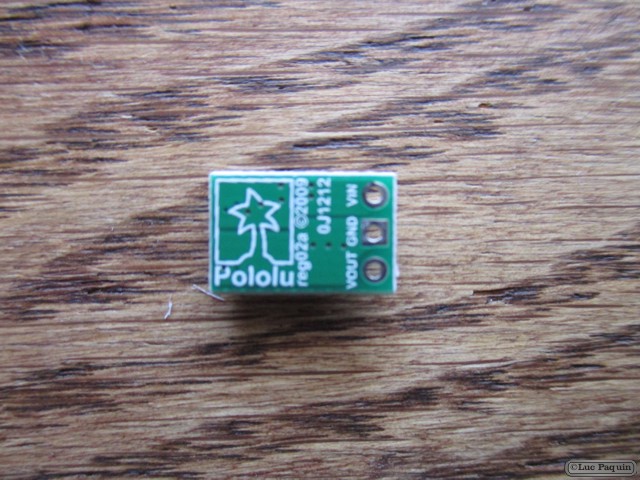
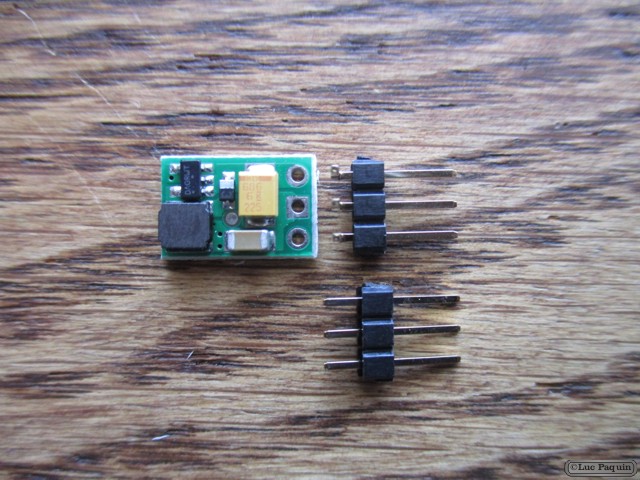
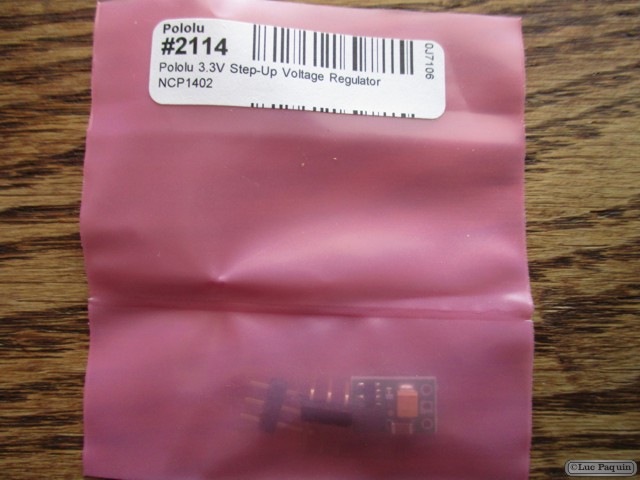
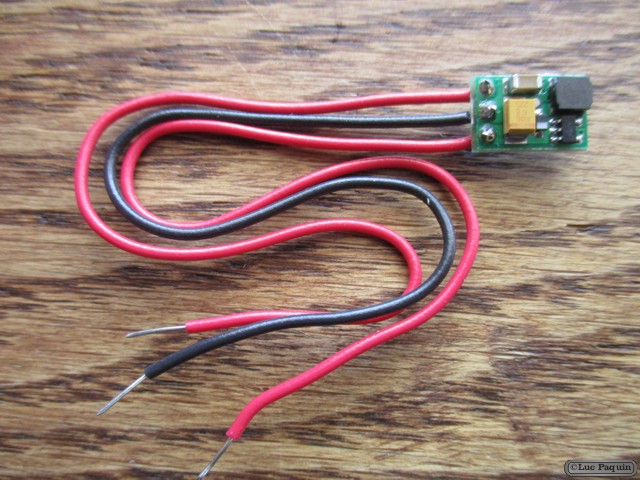
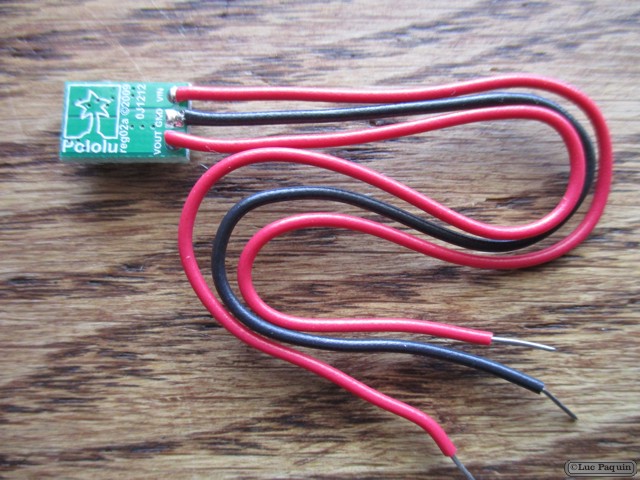
Pololu: #2114
This compact step-up (or boost) regulator generates 3.3 V from voltages as low as 0.8 V and delivers up to 200 mA, making it perfect for powering small 3.3 V electronics projects from one or two NiMH, NiCd, or alkaline cells.
Overview
These tiny boost (step-up) switching regulators are based on the NCP1402 boost regulator IC. Their small dimensions of just 0.33″ × 0.5″ (8.4 mm × 12.7 mm) and a startup voltage of down to 0.8 V make it easy to build 3.3 V and 5 V circuits that are powered by lower battery voltages. The available output current and output voltage ripple depend on the input voltage, but the regulator can provide up to 200 mA if the input voltage is high enough.
With low input voltages, the output voltage ripple is under 40 mV peak-to-peak. When the input voltage is close to the output, the output ripple quickly climbs to 150 mV peak-to-peak. Therefore, adding capacitance from the output to ground is recommended for noise-sensitive applications with input voltages close to the output voltage.
Some example applications include:
- Powering 3.3 V or 5 V systems from lower-voltage batteries.
- Powering higher-voltage subsystems in lower-voltage systems (e.g. powering a 5 V sensor in a 3.3 V system).
- This regulator is available with a fixed 3.3 V or 5 V output.
For higher-power applications, consider using one of our adjustable boost regulators or our U3V12Fx boost regulators. For a regulator that supports similarly low input voltages but higher currents, consider our U1V11x boost regulators, which offer features that the rest of our boost regulators lack, such as a true shutdown and automatic linear down-regulation when the input voltage exceeds the output voltage.
Using the Boost Regulator
The boost regulator has just three connections: the input voltage, ground, and the output voltage. These three connections are labeled on the back side of the PCB and they are arranged with a 0.1″ spacing along the edge of the board for compatibility with standard solderless breadboards and perfboards and connectors that use a 0.1″ grid. You can solder wires directly to the board or solder in either the 3×1 straight male header strip or the 3×1 right-angle male header strip that are included.
Features
- Operating voltage: 0.8 V – VOUT
- 3.3 V or 5.0 V output with 2.5% accuracy
- <3 mA typical no-load quiescent current
- Small size: 8.4 mm × 12.7 mm × 3.8 mm (0.33″ × 0.50″ × 0.15″)
- Weight without header pins: 0.6 g (0.02 oz)
Don Luc

